Your Cart is Empty
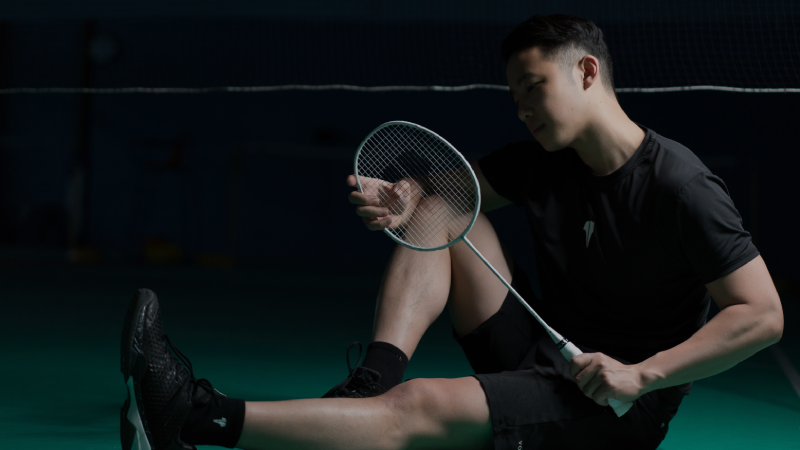
July 31, 2019 3 min read 2 Comments
It seems like you're probably here for one of few reasons

We all know that sunken feeling when you hear an abnormal pitch come from your racquet after a swing and half the badminton stadium turns to look at you (mostly with empathy).
Another $20-30(AUD) down the drain so should you get strings that will last longer? Or did you just shank it and it's more about you than the strings? Were they even good strings for you anyway?

I want to begin by saying, choosing the string tension of your racquet is more of an art than a science. Before diving into the world of strings and string tension, make sure you have selected an appropriate racquet for yourself. If you need help with this, visit our article, How Do You Pick a Badminton Racquet.
The challenge with string tension is similar to a lot of things in life, what might work for someone else may not necessarily work for you. If you've spent enough time talking to club-level and professional players, you might be under the impression that all the "good" players use higher string tension, being >28 lbs (pounds). Don't be fooled into thinking you need strings at these higher tensions too, especially if you have just ventured into the sport!
Want free string with your racket purchase? Check this out!
To make things simple, here are some suggestions depending on your skill level.
Beginner: 18lbs to 23lbs (Lower Tension)
At this string tension, the sweet-spot of the racquet is large, which will help while you learn to contact the shuttle towards the centre of the racquet head.
Intermediate: 24lbs to 27lbs (Medium Tension)
At this string tension, players of this level will benefit from a balance between shot accuracy and power as the sweet-spot is still fairly forgiving.
Advanced:>28lbs (Medium Tension)
At this string tension, players will benefit from crisp and powerful shots when playing well but they can also suffer a reduction in performance as it is much less forgiving due to the smaller sweet-spot. It can also be much easier to break strings at these higher tensions especially if you can't consistently hit around the sweet-spot.
Professionals: I'm very grateful that you're reading this!

Remember, these are simply guidelines and not hard and fast rules. Before you go ahead with a certain string tension, make sure you consider what your racquet can handle (this should be on the top of your grip handle or printed on the shaft) and the type of string you use (this can affect your performance too!).
We will cover string types in a future article so stay tuned for other simple ways of improving your game!
Main image source: Pixabay
Body image source 1: Jackie Chan (https://tenor.com/search/jackie-chan-confused-gifs)
Body image source 2: Albert Eistein (https://www.bbc.com/news/science-environment-35557727)
Body image source 3: Badminton Central (https://www.badmintoncentral.com/forums/index.php?threads/hitting-off-centre-of-the-sweetspot-for-greater-crisp-repulsion.172690/)
Henry is an ex-state badminton player who represented South Australia as well as Melbourne University. He remains an avid badminton player in the social scenes of Melbourne. His passion for all things badminton lead him to be a co-founder of Volant Wear.
June 20, 2021
Also, in my opinion, higher tension makes your racquet frame more fragile and may break easily.
Comments will be approved before showing up.
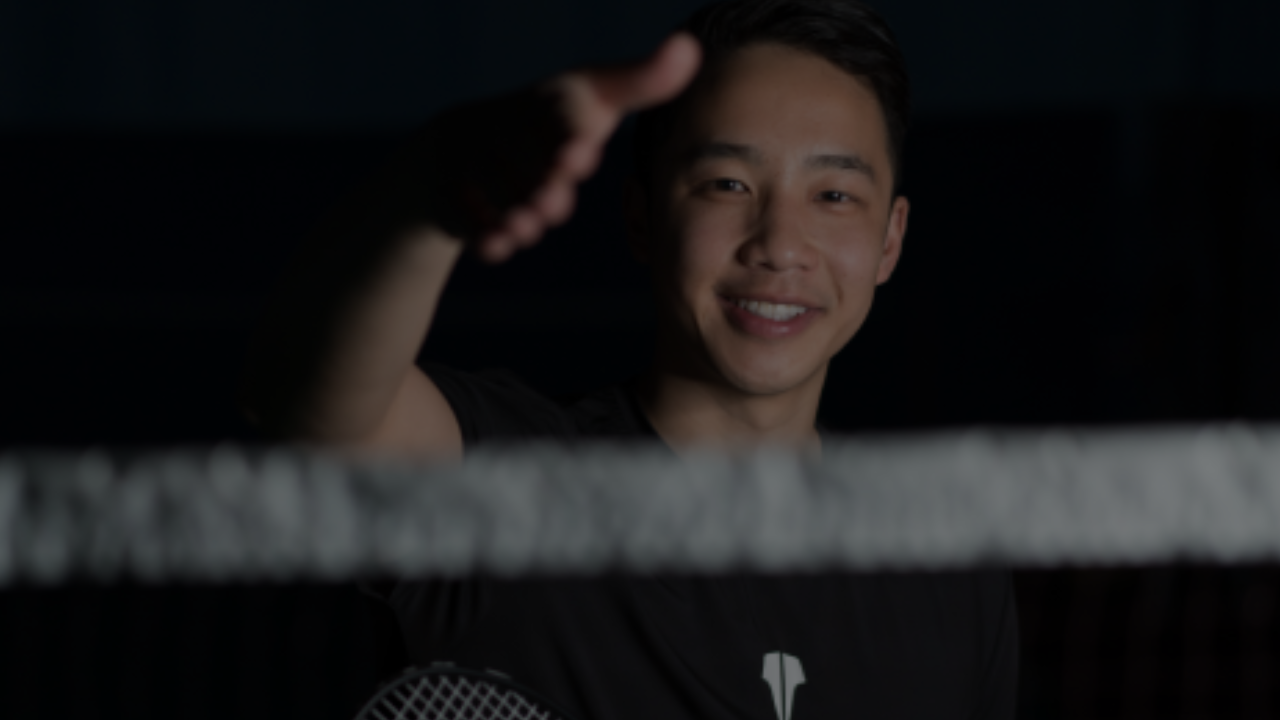
August 20, 2025 2 min read
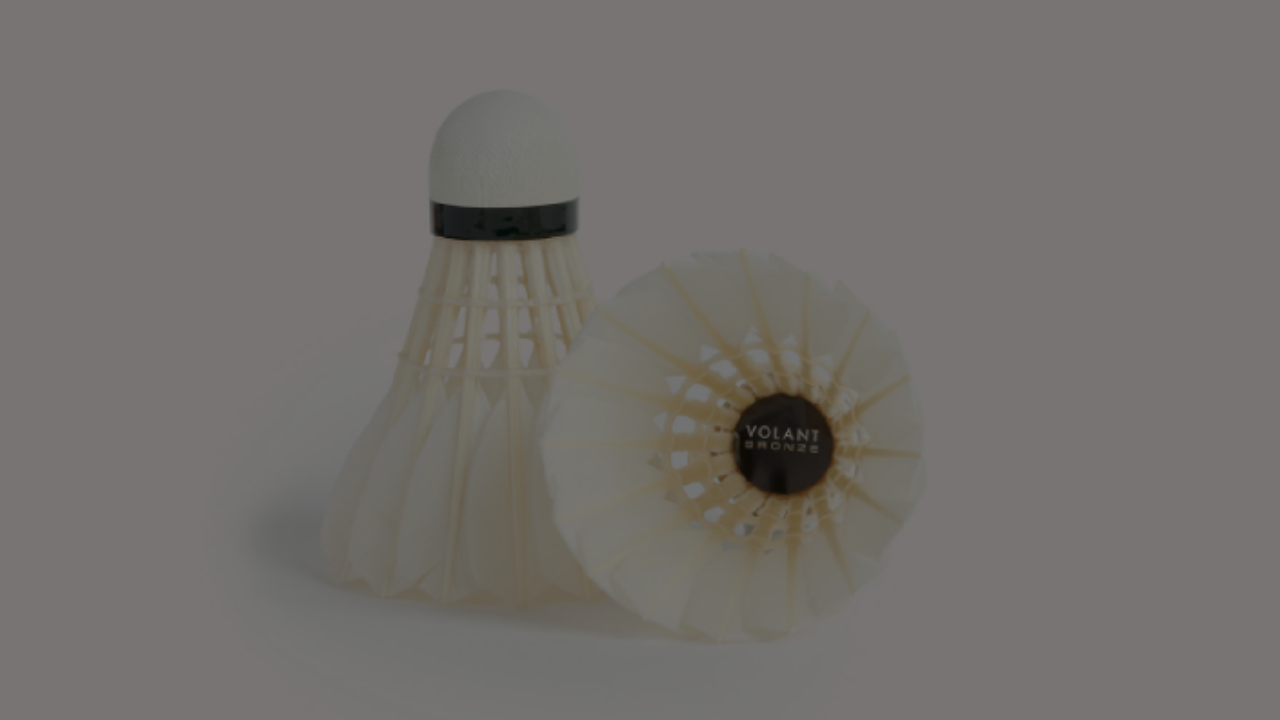
July 17, 2025 2 min read
Shuttlecocks aren’t cheap, and replacing them constantly stings the wallet. With a little care, though, you can stretch their lifespan and keep your game flying high. Whether you’re using feather or nylon, here’s how to make them last—plus why Volant Badminton’s options are worth your shot.
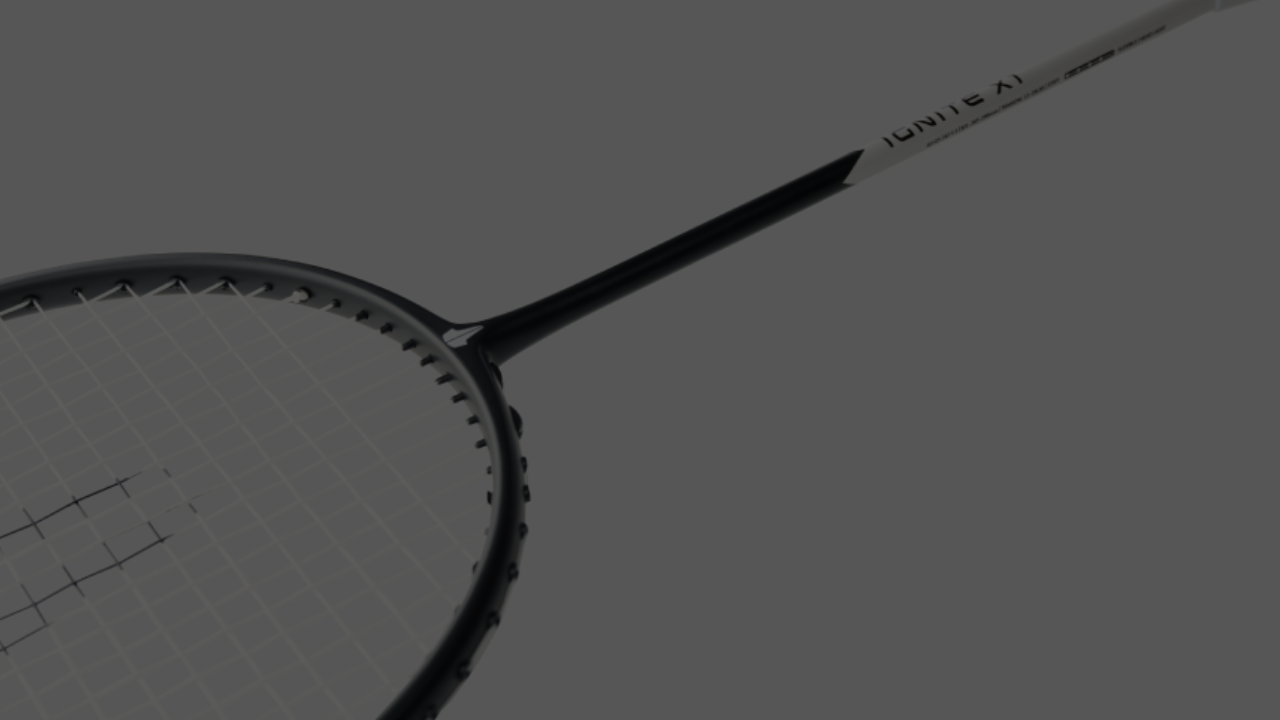
June 25, 2025 2 min read
Strings wear out—it’s a fact of badminton life. Slack, frayed, or snapped strings kill your shots, so knowing when to restring keeps you sharp. How often depends on your play, and here’s how to figure it out—plus why Volant Badminton’s gear makes it easy.
Be the first to know when a new blog post comes out!
Curated articles, tips and advice, tailored to the sport of badminton.
Sign up and enjoy 10% off your first order.
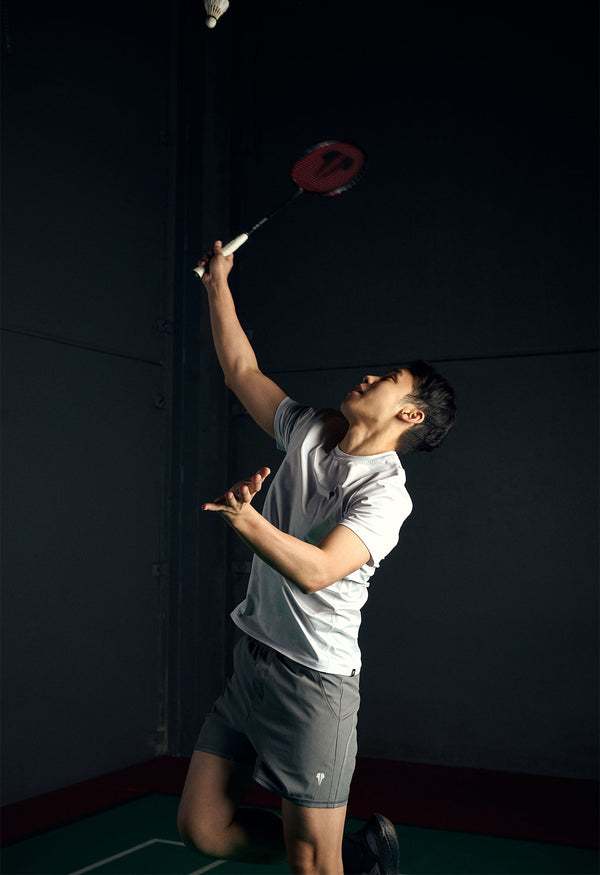
Join the Volant Community and improve your game!
*Discount code excludes shuttlecocks
Anonymous
June 20, 2021
Ah yes, Pieter, I agree! Much easier to break the frame and I should have included that in the article :)
Thanks so much for your input.